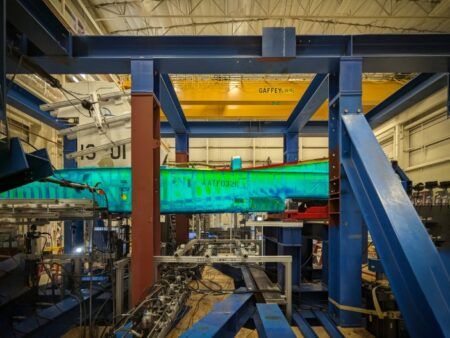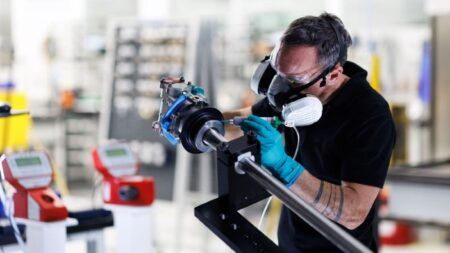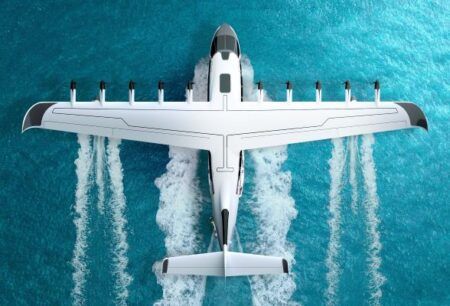Researchers from Sandia National Laboratories and Ohio State University in the US are testing technology for a GPS backup system that uses signals of opportunity from sources such as cell phone masts and satellites.
Using signals of opportunity to calculate a vehicle’s position and velocity is not a new idea, but previous research has focused on its use on and near the ground to help autonomous vehicles navigate.
This latest study, which was presented last month at the Institute of Navigation GNSS+ conference is studying signals of opportunity navigation at high altitudes. Researchers believe if they can collect signal data from the stratosphere, they may be able to develop a way to guide aircraft using a network of atmospheric radio frequency waves and develop GPS-backup systems.
Experiments have involved sending payloads of electronic packages attached to a pair of antennas up to altitudes of 80,000ft using balloons to investigate the strength of signals. Although satellite signals are expected to be strong, coverage varies, especially in rural areas. Signals from cell tower masts also need to be characterized to be useful in a real-world situation.
Receivers are more complex than GPS receivers. For example, some measure the physical characteristics of RF waves and use the Doppler effect and advanced mathematics to determine the source of signals and calculate the receiver’s relative position.
Researchers are analyzing data from the first set of flight tests to manually match received signals to nearby satellites using reference data. Eventually, a functional navigation system will need to match signals to their transmitters in real time and then calculate position and velocity relative to those sources.
Lead researcher Jennifer Sanderson said, “It can be quite tedious. So, one big aspect we need to address is automating this process.
“While we are still processing the flight data, our preliminary findings indicate that we detected cell tower signal beacons at our peak altitude of about 82,000 feet. If these signals are clean enough for navigation, it will significantly change what we thought was possible for alternative navigation.”
“We’re not trying to replace GPS. We’re just trying to assist it in situations where it’s degraded or compromised,” she added.





